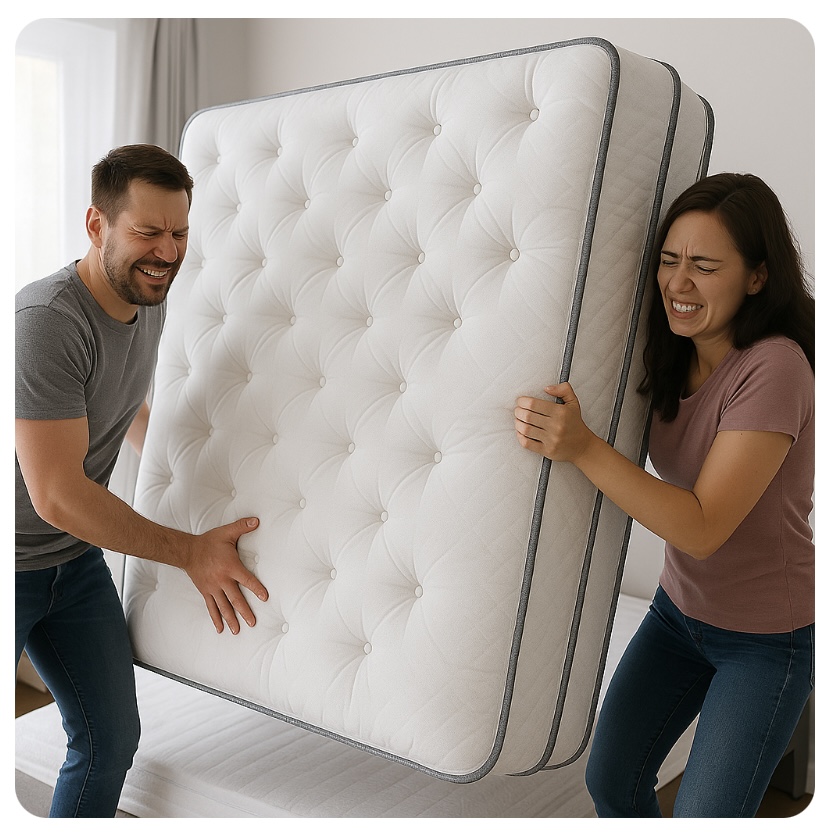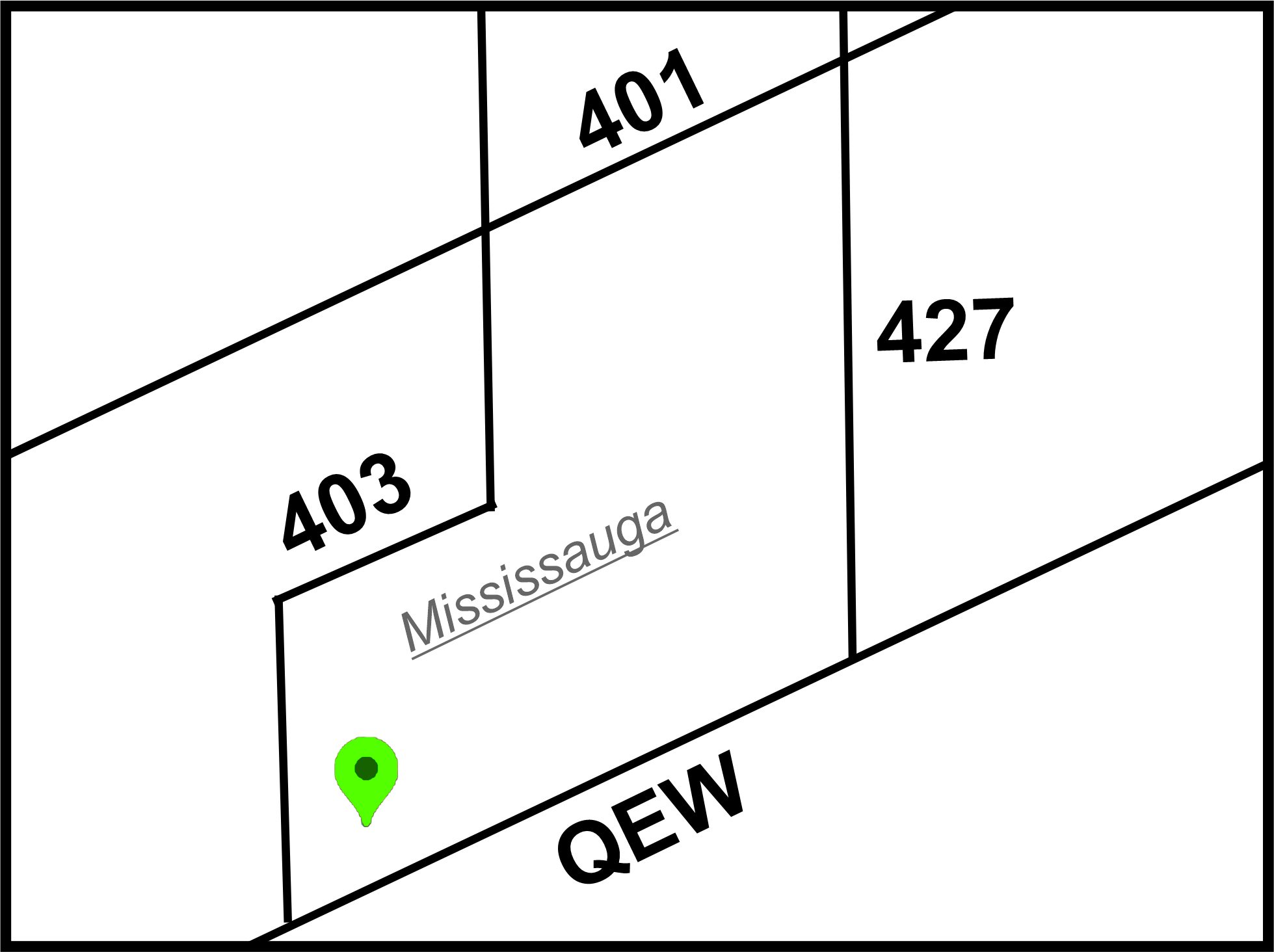
Blog Questions about beds and mattresses answered. And some stories told.
IN California King Mattresses , Custom Size Mattresses , European Size Mattresses , Latex Mattress Sets , Mattresses , Mattresses Measured in Centimetres , Olympic Queen Mattresses , RV Mattresses , 3/4 Size Mattresses , Two Sided Flippable Mattresses
How do the materials used in a mattress affect my ability to rotate or flip it?
Jun. 07, 2025
Different types of mattress materials play a major role in determining how thick a mattress can be before it becomes too heavy, bulky, or difficult to rotate and flip. Material density, structure, and layering all influence manageability and weight as thickness increases.
- Memory Foam: Mattresses made of memory foam typically range in thickness from about 8 to 14 inches. As thickness increases—especially beyond 12 inches—the mattress offers deeper contouring and enhanced pressure relief. However, this also makes the mattress considerably heavier and more awkward to move or reposition. At the thicker end of the scale, memory foam mattresses will require two people to rotate or flip due to the dense, conforming material and the fact that the it will not stay ridigid.

Innerspring: Innerspring mattresses usually fall within the 8 to 12-inch range. These beds rely on steel coil systems for primary support, which means they don’t need to be as thick as other types to offer proper structure and comfort. Because they have fewer and lighter layers—often just a comfort layer on top of the springs—they’re generally lighter and much easier to maneuver. Even thicker innerspring models are typically more manageable than foam or hybrid options of the same height.- Hybrid: Hybrid mattresses combine metal coils with several layers of memory foam, latex, or other materials, and they often measure between 10 and 16 inches thick. While they offer a balance of support and comfort, the multiple layers make them significantly heavier. Once a hybrid exceeds 14 inches in thickness, it becomes increasingly hard to flip or even rotate without assistance. The blend of dense materials adds to the total weight, making these among the most cumbersome mattresses to handle.
- Latex: Latex mattresses generally range from 9 to 12 inches in thickness and are known for their supportive and durable nature, even at slimmer profiles. Latex is naturally heavy and dense, but it’s also springy and resilient, which reduces the need for added thickness. While these mattresses can still be quite weighty, their consistent best in class performance across various thickness levels means they are often easier to manage than thick memory foam or hybrid models.

In summary, mattress type greatly affects how thickness translates to weight and manageability. Memory foam and hybrid mattresses, with their multiple dense layers, tend to become difficult to move at lower thicknesses compared to innerspring and latex options. In contrast, innerspring and latex models remain relatively easy to handle—even as they get thicker—because of their structural design and material composition.



 Copyright © 2025 |
Copyright © 2025 |